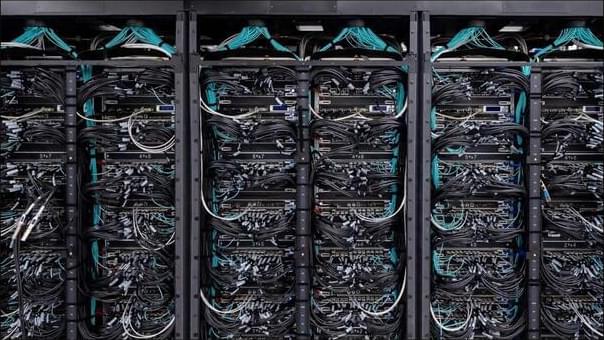Each Monday, I pick out North America’s celestial highlights for the week ahead (which also apply to mid-northern latitudes in the northern hemisphere).



The night sky has a visiting comet flaunting its faint tail for stargazers this summer.
The comet 13P/Olbers will make its closest approach to Earth later this month, according to NASA’s Jet Propulsion Laboratory.
The comet orbits the sun every 25,400 days. That’s about every 70 years – 69.54 to be exact. It was last be seen from Earth in 1956.
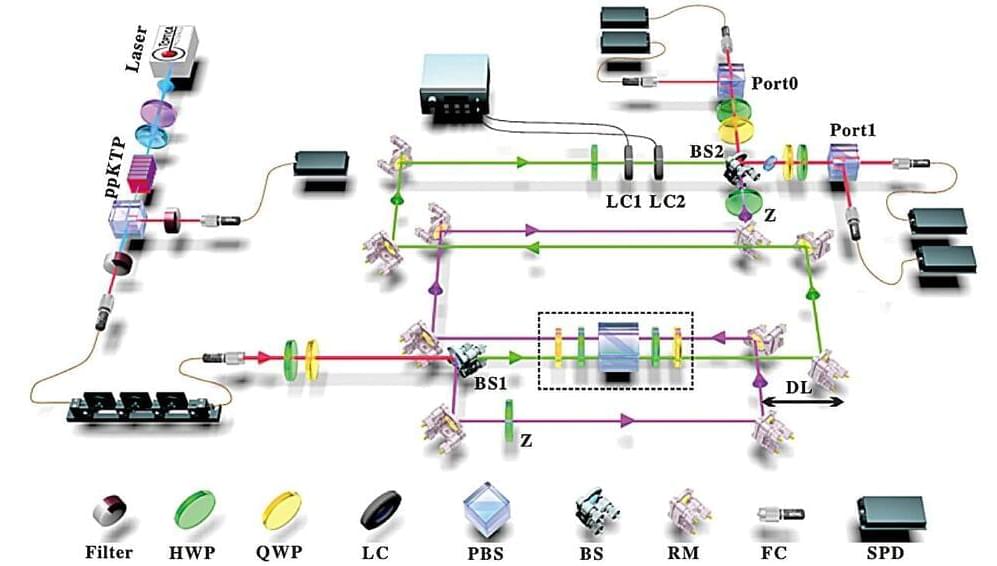
A research team has constructed a coherent superposition of quantum evolution with two opposite directions in a photonic system and confirmed its advantage in characterizing input-output indefiniteness. The study was published in Physical Review Letters.
The notion that time flows inexorably from the past to the future is deeply rooted in people’s mind. However, the laws of physics that govern the motion of objects in the microscopic world do not deliberately distinguish the direction of time.
To be more specific, the basic equations of motion of both classical and quantum mechanics are reversible, and changing the direction of the time coordinate system of a dynamical process (possibly along with the direction of some other parameters) still constitutes a valid evolution process.

Longtime readers know that I’ve made a bit of an effort to help people understand, and perhaps even grow to respect, the Everett or Many-Worlds Interpretation of Quantum Mechanics (MWI). I’ve even written papers about it. It’s a controversial idea and far from firmly established, but it’s a serious one, and deserves serious discussion.
Tesla’s Megapack, with its ability to store and supply large amounts of renewable energy, has the potential to revolutionize the energy industry and contribute to a more sustainable future.
Questions to inspire discussion.
What is Tesla’s Megapack?
—Tesla’s Megapack is a grid-scale energy storage product that can store and supply large amounts of renewable energy, revolutionizing the energy industry.
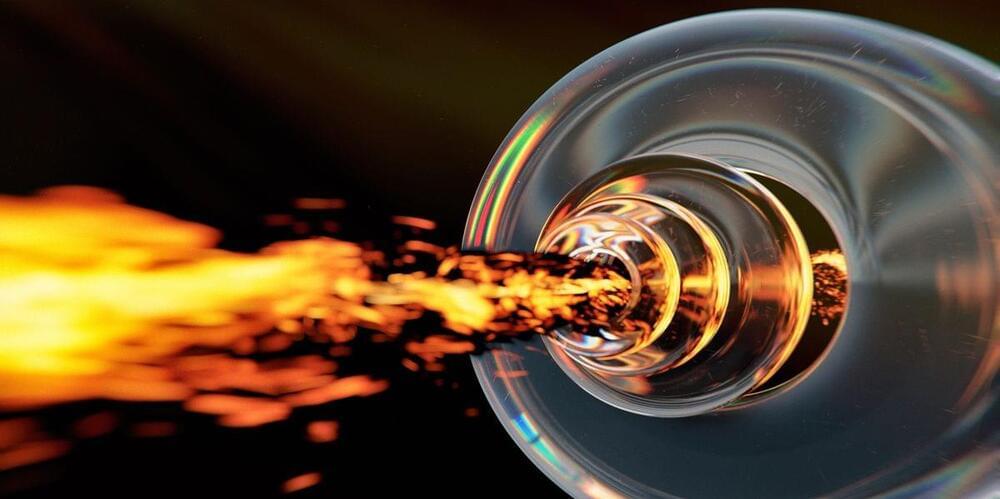
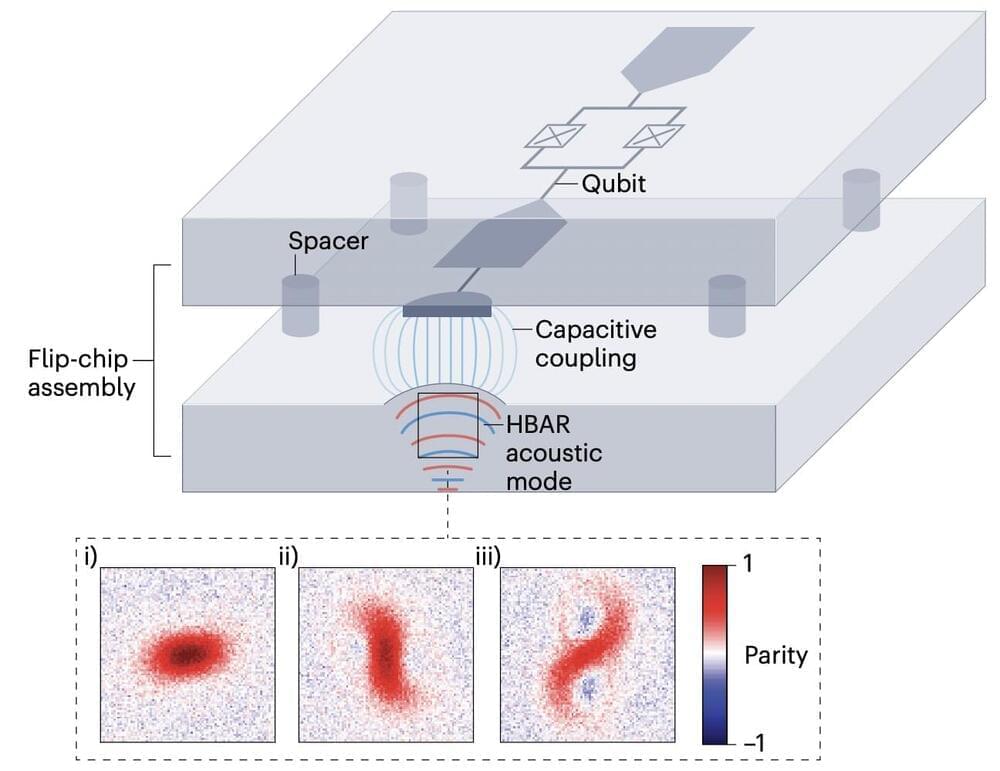
Mechanical systems are highly suitable for realizing applications such as quantum information processing, quantum sensing and bosonic quantum simulation. The effective use of these systems for these applications, however, relies on the ability to manipulate them in unique ways, specifically by ‘squeezing’ their states and introducing nonlinear effects in the quantum regime.
A research team at ETH Zurich led by Dr. Matteo Fadel recently introduced a new approach to realize quantum squeezing in a nonlinear mechanical oscillator. This approach, outlined in a paper published in Nature Physics, could have interesting implications for the development of quantum metrology and sensing technologies.
“Initially, our goal was to prepare a mechanical squeezed state, namely a quantum state of motion with reduced quantum fluctuations along one phase-space direction,” Fadel told Phys.org. “Such states are important for quantum sensing and quantum simulation applications. They are one of the gates in the universal gate set for quantum computing with continuous-variable systems—meaning mechanical degrees of freedom, electromagnetic fields, etc., as opposed to qubits that are discrete-variable systems.”
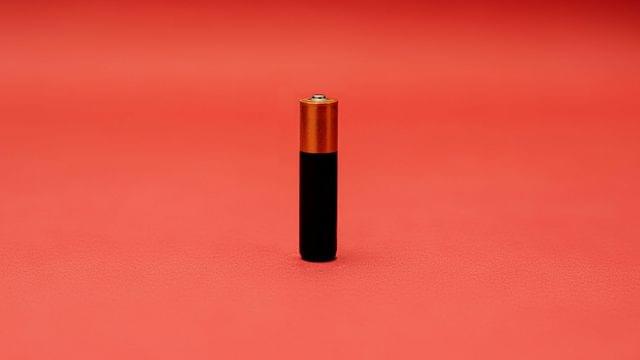
UChicago Pritzker Molecular Engineering Prof. Y. Shirley Meng’s Laboratory for Energy Storage and Conversion has created the world’s first anode-free sodium solid-state battery.
With this research, the LESC – a collaboration between the UChicago Pritzker School of Molecular Engineering and the University of California San Diego’s Aiiso Yufeng Li Family Department of Chemical and Nano Engineering – has brought the reality of inexpensive, fast-charging, high-capacity batteries for electric vehicles and grid storage closer than ever.
“Although there have been previous sodium, solid-state, and anode-free batteries, no one has been able to successfully combine these three ideas until now,” said UC San Diego PhD candidate Grayson Deysher, first author of a new paper outlining the team’s work.
